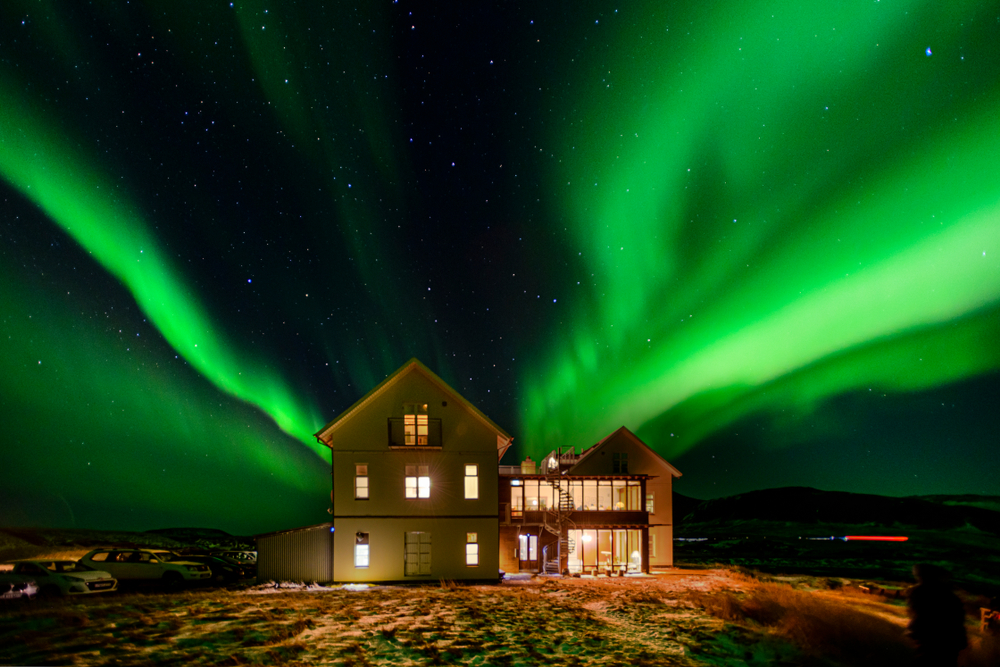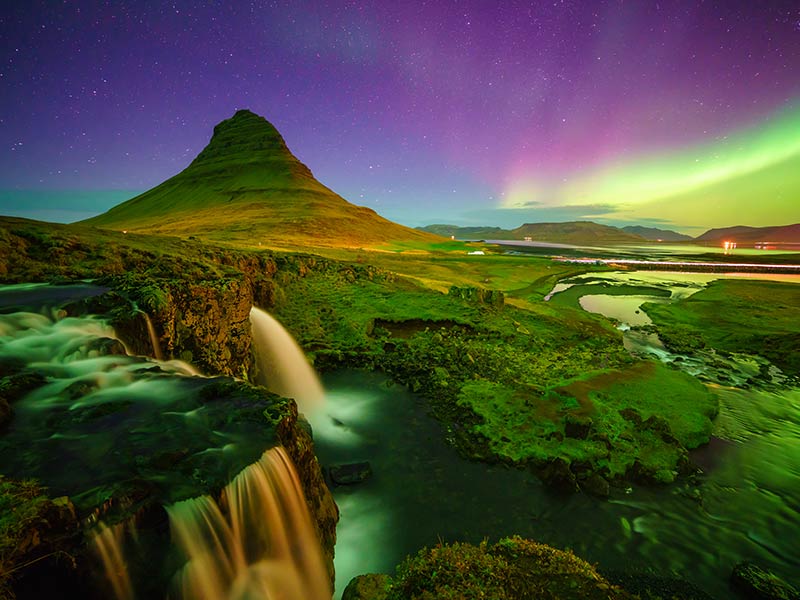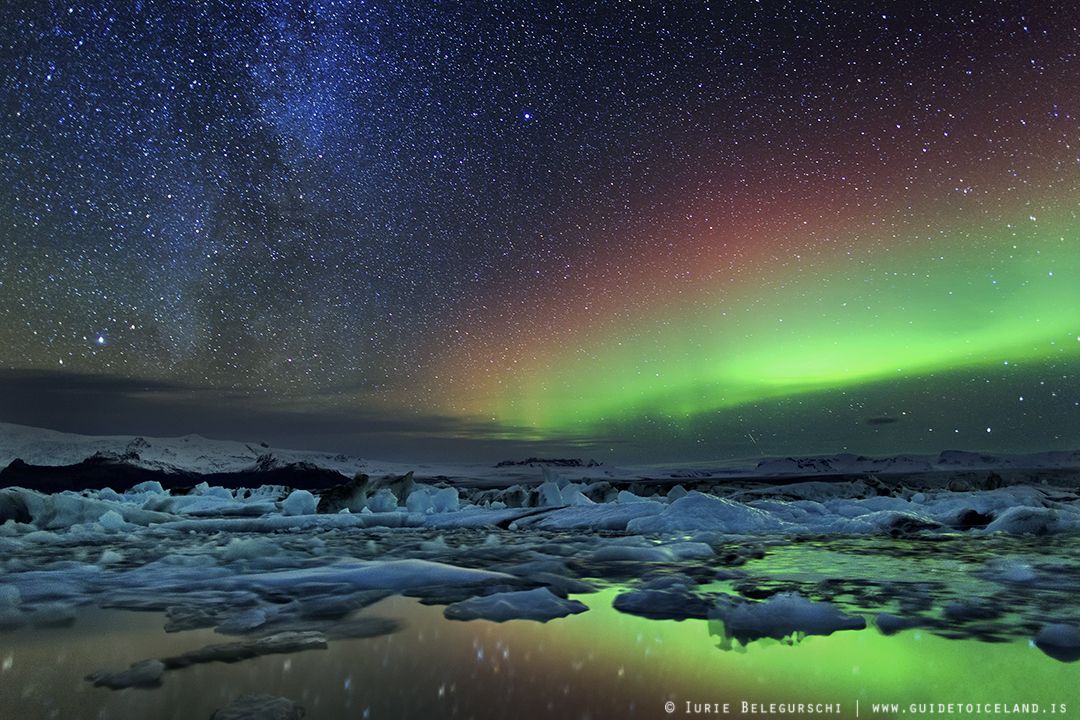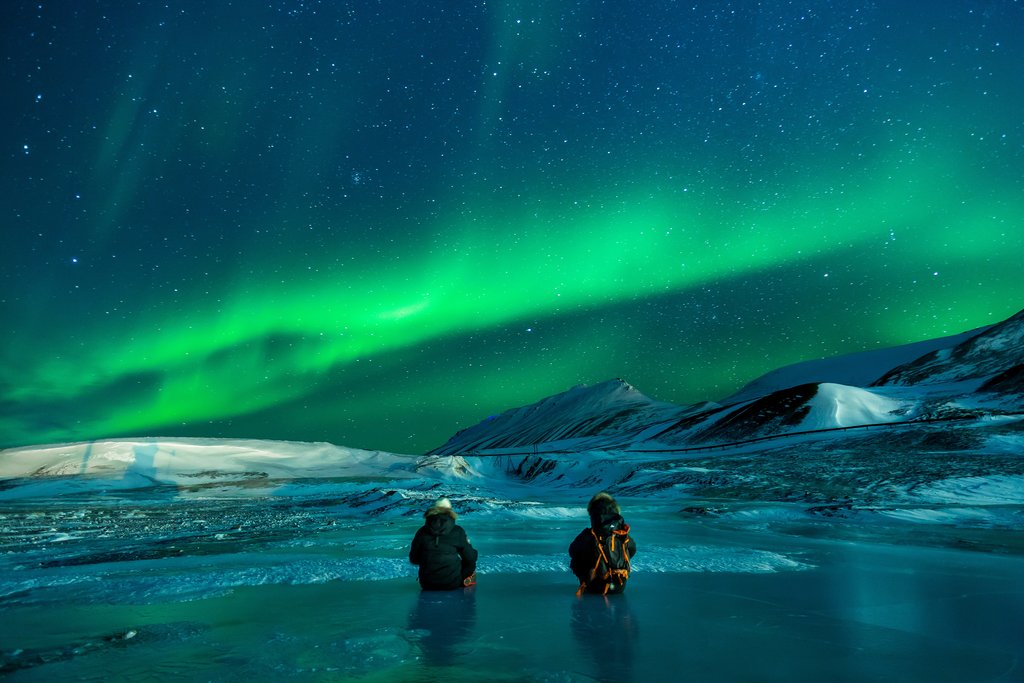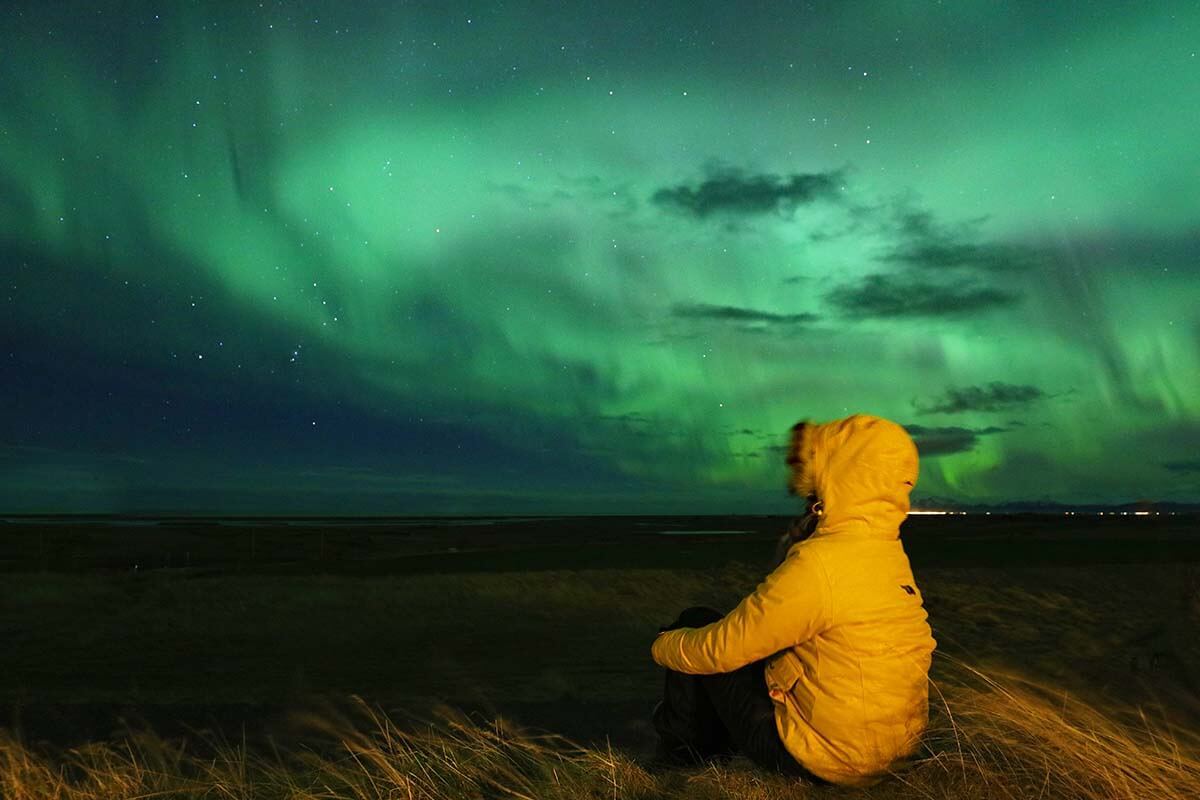Iceland is one of the Best Time to Visit Iceland Northern Lights in the world to see the aurora borealis, or northern lights.
Here, at 65° N on the southern edge of the Arctic Circle, you can see auroras almost every night (and in warmer temperatures than other viewing locations in Scandinavia).
It’s also very easy to get to a dark place in the Land of Fire and Ice, which has only 300,000 people scattered across an island that’s smaller than the state of Kentucky.
Between hot spring swims and glacier hikes, your chances are high that you’ll see northern lights on your trip to Iceland — especially if you follow this guide to spotting the natural light phenomenon.
Best Time To See Northern Lights In Iceland 2023
The best times for an auroral storm are when solar activity is at its highest, which occurs during solar maximum. The next solar maximum won’t begin until 2025.
While the northern lights comprise a greater portion of the solar maximum in the nighttime, they can be accomplished at any time of the year and are fairly popular even among the northern lights hunters.
During Iceland’s northern lights tours, the trick is to point your camera toward the north when clear skies are in effect, and your picture will surely include the faint green aurora.
The northern lights are caused by the solar wind of the Sun being funneled down to the magnetic poles of the northern and southern hemispheres.
This “solar wind” is divided into a blue-green horseshoe by the magnetic field and is constantly present above the Arctic Circle. All you need is darkness and cloud-free skies to see them.
Which Part Of Iceland Is Best For Northern Lights?
You can spot the aurora borealis from any location in Iceland, even the capital city of Reykjavík. But for the best chances, you should move away from sources of light pollution (streetlighting).
Artificial light makes it harder to see the colors of the northern lights clearly in the sky above you. That’s why travelling out from the city to more remote regions, where there’s little light pollution, is a good idea.
Here are the best places to see the aurora in Iceland.
1. VÍK & SOUTH ICELAND
Vík, with its black sand beaches and basalt columns, provides northern light hunters with a stunning backdrop. And it’s only a few hours’ drive south from Reykjavík via the Ring Road.
In fact, the authentic fishing village of Vík is one of the top places to visit on a tour of South Iceland.
Walk along the black sands of Reynisfjara, one of the most dramatic beaches in Iceland. Look out to see the basalt columns of Reynisdrangar and the rock arch of Dyrhólaey.
Come evening, admire the jagged black rocks jutting out from the ocean as the northern lights dance above you.
From Vík, you could continue along the Ring Road to reach Jökulsárlón glacier lagoon. Watch the colours of the aurora ripple above the sparkling ice in this breathtaking setting.
2. WESTFJORDS & NORTH ICELAND
North Iceland and the Westfjords regions are a bit further north than Reykjavík, which means you get slightly longer hours of darkness. This gives you a wider window of opportunity to see the aurora.
These areas also offer the benefit of smaller urban populations, reducing any potential effect on your viewing experience.
Wondering what to do in Iceland’s Westfjords? As well as searching for the northern lights, you might like to hike to Drangajökull glacier or take a snowshoe walk in Heydalur valley. Don’t miss a visit to Ísafjörður, the capital of the Westfjords.
On a tour of North Iceland, you could also go whale watching, visit mighty waterfalls like Dettifoss, and explore volcanic sites around Lake Mývatn.
3. ÞÓRSMÖRK
To immerse yourself in the unspoiled wilderness on your trip to Iceland, head to Þórsmörk. This nature reserve is located in the Icelandic highlands, where volcanoes and glaciers reign supreme.
In winter, Þórsmörk is one of the few places in the highlands that is accessible by super jeep. Its remote location means that you have a good chance of seeing the northern lights on a clear night.
During your tour of the Icelandic highlands, you could also visit the Gígjökull glacier tongue, Seljalandsfoss waterfall, and Eyjafjallajökull volcano.
4. REYKJAVÍK
If you’re short on time, or prefer to stay in Iceland’s biggest city, you can still see the northern lights. Reykjavík has quite a few parks, which are perfect for getting away from the city’s artificial light.
We particularly recommend Grotta Lighthouse on the Seltjarnarnes peninsula, as this is one of the darkest areas of Iceland’s capital.
It also has a geothermal hot tub, so you can bask in the warmth for a spell while you wait for nature’s light show to start.
You can join an aurora-watching tour from Reykjavík and head out from the city into the countryside. An expert guide would pick you up from your hotel and drive you to the best possible spots to catch the northern lights.
Additionally, if you take a guided northern lights tour but the aurora doesn’t appear, you could head out again another evening free of charge. Contact our Iceland specialists to find out more.
What Is The Cheapest Month To Visit Iceland?
Iceland’s least expensive months are during its shoulder season, which encompasses September to November and January to May.
Visiting Iceland in autumn or spring will be cost-efficient and give you the opportunity to see popular sites without being overrun.
Due to school holidays, a more temperate climate and the Midnight Sun, June to August are the most popular – and thus most expensive – months to visit Iceland.
Christmas in Iceland is also a pricey time for travelers; thousands flock over because of the country’s reputation as a winter wonderland and the gusto with which the people embrace the festivities.
How Many Days Do You Need For Iceland?
Begun 8 or 12 decades ago to visit the various regions of Iceland is a great idea, as you are able to travel all over the Ring Road. Head to the eastern fjords, the northern coast of Iceland, and visit the shores of the Snaefellsnes peninsula.
In conclusion, the best time to visit Iceland to see the Northern Lights is from September to mid-April.
This is because the nights are longer and the weather is colder, which creates the perfect conditions for viewing the lights. So plan your trip accordingly and you’re sure to have an unforgettable experience.
